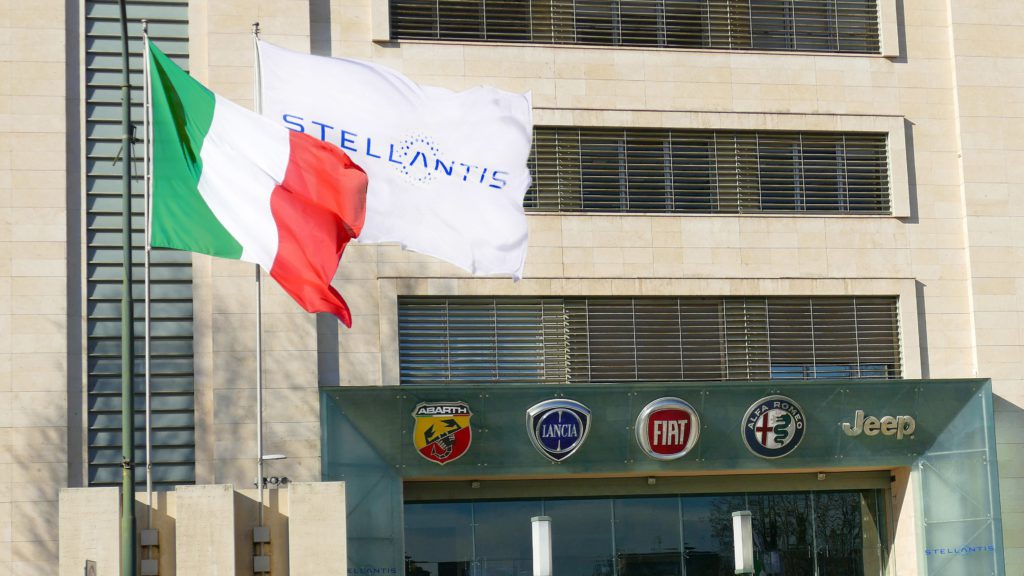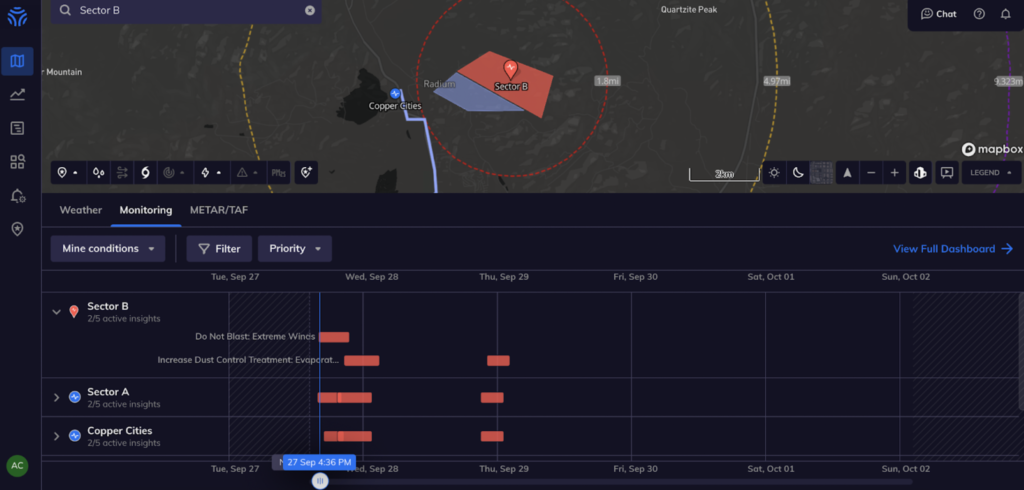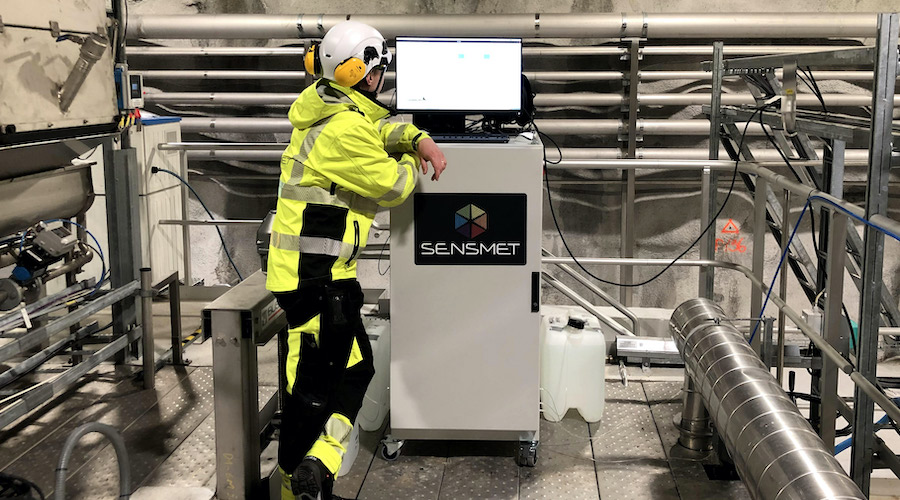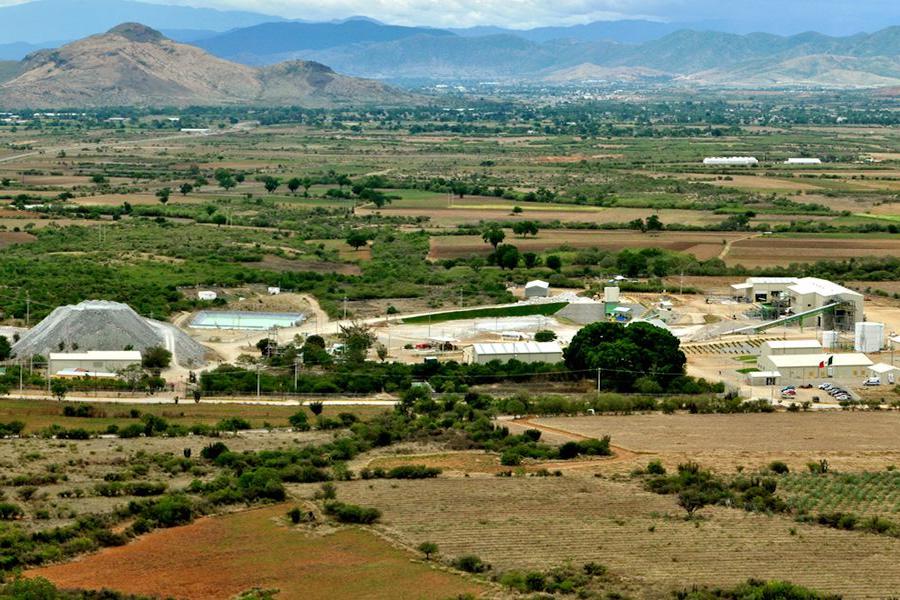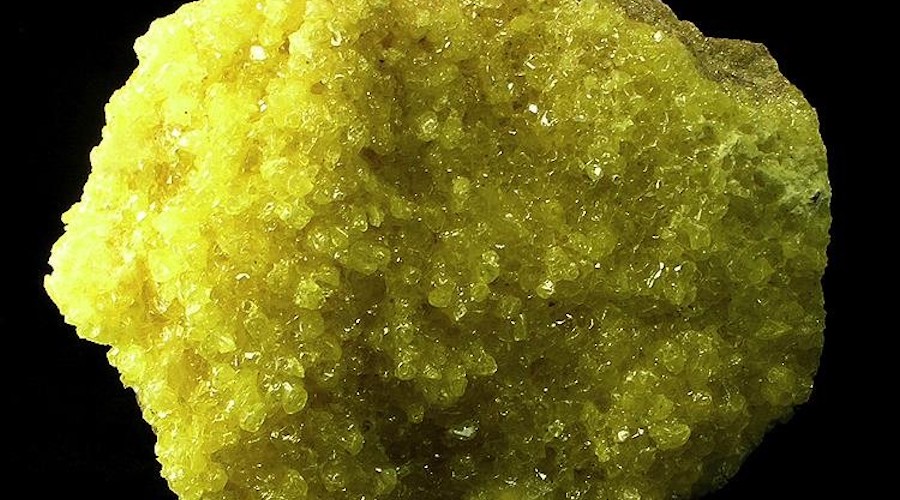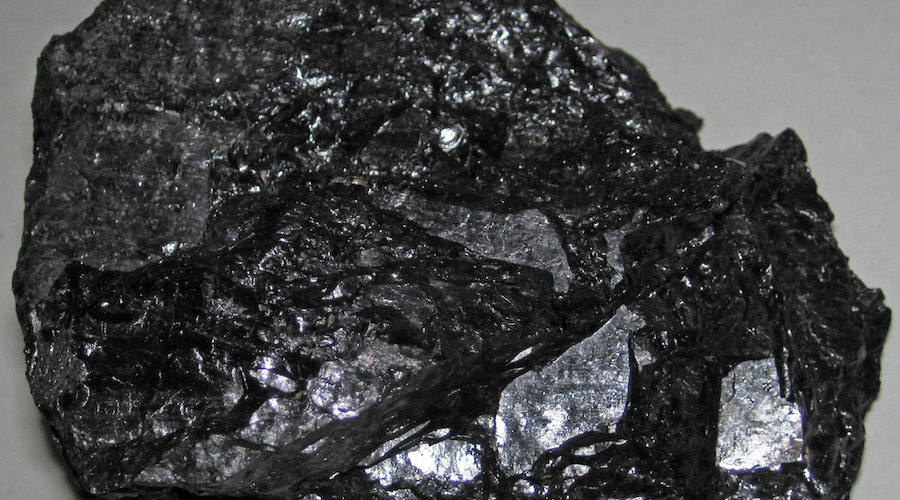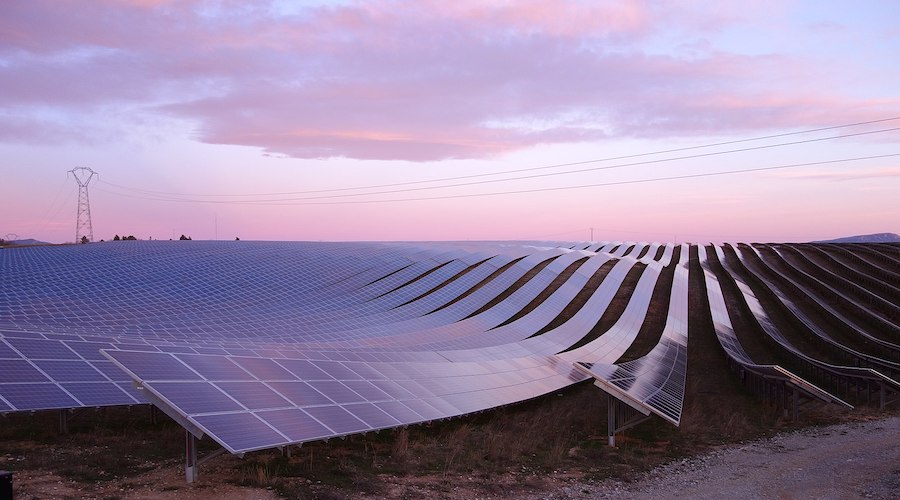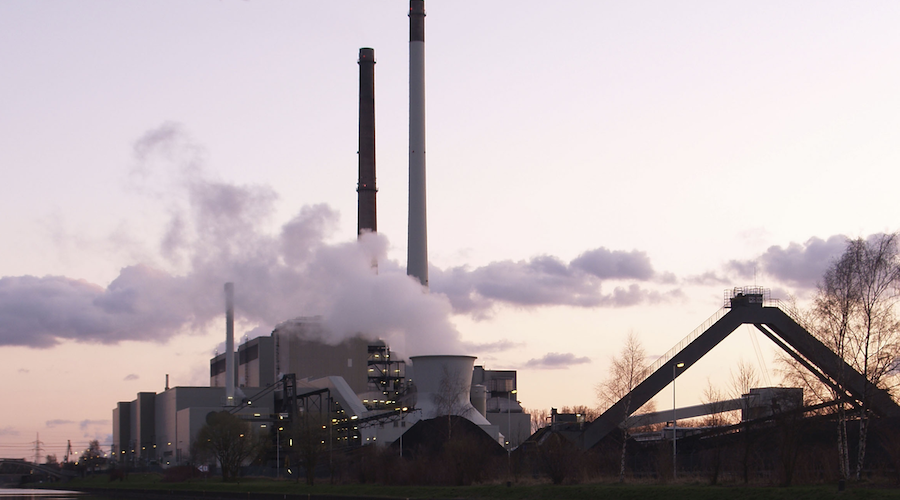Philippines Supreme Court Voids Major International Oil And Gas Deal
A 2005 deal for oil and gas exploration in the South China Sea signed by the Philippines with companies from China and Vietnam is illegal, the Philippine Supreme Court ruled on Tuesday, saying the country’s constitution bars foreign firms from exploring Philippine natural resources.
The ruling, 14 years after an appeal was lodged, could make talks between China and the Philippines on energy exploration in non-disputed parts of the South China Sea more complicated, according to Reuters.
The long-running dispute in the South China Sea involves territorial claims by China as well as Vietnam, the Philippines, Taiwan, Brunei, and Malaysia. China has territorial claims to about 90 percent of the South China Sea, which has put it at odds with its neighbors.
A court in The Hague in 2016 ruled against China’s claims and in favor of the Philippines. China, however, has not acknowledged the ruling, which has heightened tensions in the area. Instead, it has continued with its agenda, according to which most of the sea is Chinese waters.
China and the Philippines agreed at the end of 2019 to pursue joint oil and gas exploration in the South China Sea.
The South China Sea may hold 28 billion barrels of oil, according to an estimate from the U.S. Geological Survey from the mid-90s. Since then, with improvements in technology, this figure could have increased substantially.
However, in June 2022, the Philippines ditched talks with China on a potential joint exploration for oil and gas in the South China Sea due to sovereignty issues and constraints in the Philippines’ constitution.
Because of the Chinese claims over most of the South China Sea, the Philippines has struggled to find partners willing to engage in the exploration of resources in the basin.
By Tsvetana Paraskova for Oilprice.com
